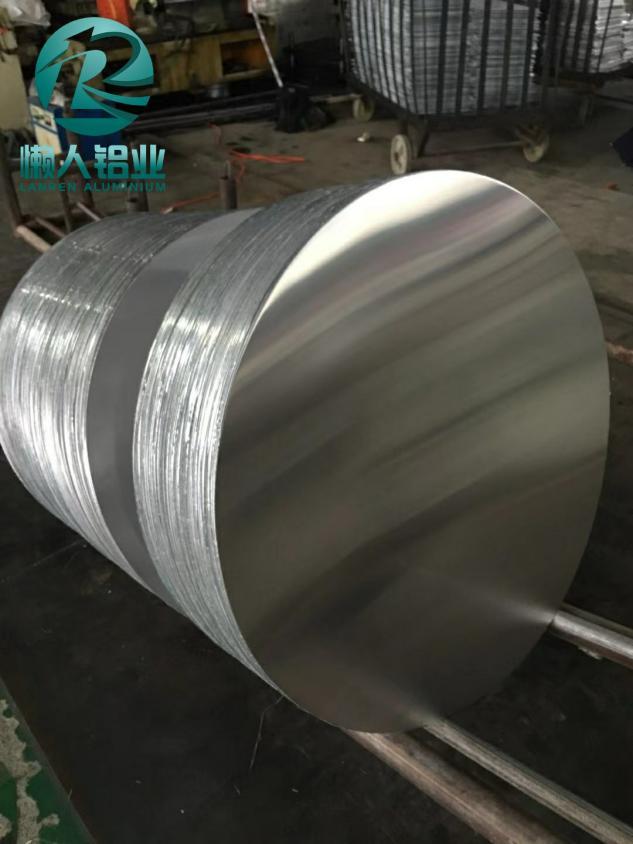Troubleshooting Common Issues in 5052 Aluminum Circle Applications

5052 aluminum circles are a popular choice in various industries due to their excellent formability, corrosion resistance, and weldability. However, like any material, challenges can arise during processing and application. Let's explore some common issues and their potential solutions:
1. Formability Issues:
Problem: Wrinkling or tearing during deep drawing or bending operations.
Solution:
Proper Material Selection: Ensure the correct temper (H32 is often preferred for formability) and thickness are chosen for the specific application.
Optimized Tooling: Use well-designed and maintained tooling with appropriate radii and clearances.
Lubrication: Apply suitable lubricants to reduce friction and improve material flow.
Incremental Forming: Consider incremental forming techniques for complex shapes.
2. Welding Challenges:
Problem: Cracking or porosity in welds.
Solution:
Cleanliness: Ensure the surfaces to be welded are clean and free of contaminants.
Proper Welding Techniques: Use appropriate welding parameters (voltage, current, speed) and techniques (e.g., TIG, MIG) for 5052 aluminum.
Heat Input Control: Minimize heat input to reduce the risk of distortion and cracking.
3. Corrosion Issues:
Problem: Corrosion in harsh environments (e.g., marine, chemical).
Solution:
Protective Coatings: Apply suitable coatings such as anodizing, powder coating, or paint to enhance corrosion resistance.
Cathodic Protection: Implement cathodic protection systems in severe environments.
Material Selection: Consider using higher-strength alloys like 5454 for more demanding applications.
4. Dimensional Stability:
Problem: Dimensional changes due to thermal expansion or contraction.
Solution:
Design Considerations: Account for thermal expansion and contraction in the design and assembly process.
Controlled Environments: Maintain stable temperature and humidity conditions during storage and processing.
5. Surface Quality Issues:
Problem: Scratches, dents, or other surface imperfections.
Solution:
Careful Handling: Handle and transport materials carefully to avoid damage.
Protective Packaging: Use appropriate packaging materials to protect the surfaces during transportation and storage.
Preventive Measures:
Thorough Material Inspection: Inspect incoming materials for defects and ensure they meet the required specifications.
Process Control: Implement robust quality control procedures throughout the manufacturing process.
Regular Equipment Maintenance: Maintain and calibrate processing equipment to ensure optimal performance.
Employee Training: Provide proper training to operators on handling, processing, and inspecting 5052 aluminum circles.
By understanding and addressing these common issues, manufacturers can effectively utilize the benefits of 5052 aluminum circles while minimizing potential problems.
- Art
- Causes
- Crafts
- Dance
- Drinks
- Film
- Fitness
- Food
- Games
- Gardening
- Health
- Home
- Literature
- Music
- Networking
- Other
- Party
- Religion
- Shopping
- Sports
- Theater
- Wellness


